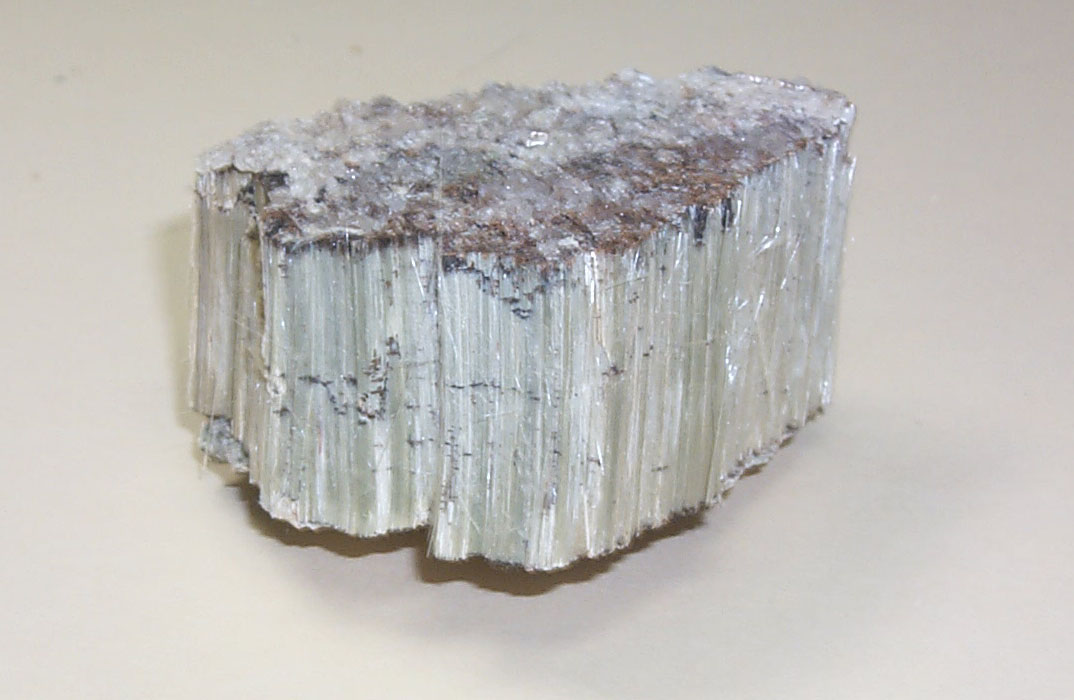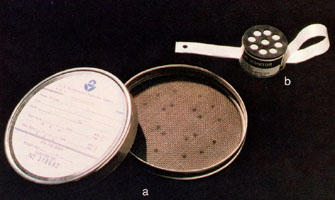On this page:
Asbestos |
Mercury |
Radon
The California Geological Survey provides maps, geologic information and advice, and monitors activity on minerals-related environmental and public health issues such as asbestos, mercury and radon.
Asbestos

Asbestos occurs naturally in certain geologic settings in California. Inhalation of asbestos fibers may cause cancer. Most commonly, asbestos occurrences are associated with serpentinite and partially serpentinized ultramafic rocks. Click here to read more on asbestos in California including reports, maps and guidelines for geologic investigations.
Mercury

Mercury was mined historically in California and widely used for gold recovery at mines until about 1970. Mercury from historic mercury mines or gold mines has entered a number of watersheds in California. In some watershed environments this mercury may enter the food chain and become a health hazard to animals and humans. Click here for more information about mercury in California.
Radon

Radon gas is a naturally-occurring, radioactive gas that is invisible and odorless. It forms from the radioactive decay of small amounts of uranium and thorium naturally present in rocks and soils. The image shows different types of radon detectors. Click here for more information about radon including reports, maps, and the Radon Database for California.
Web page by:
California Geological Survey - Mineral Resources Program
